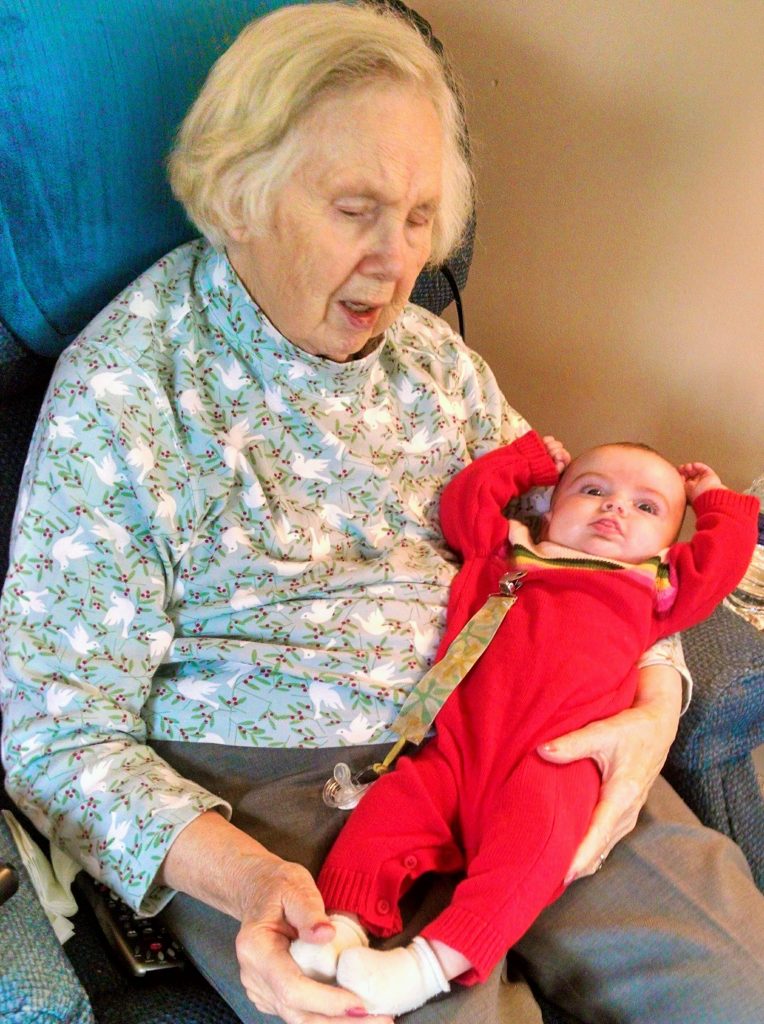
Skin is the largest sense organ in the human body—and it is the most developed sensory function in infants. Matthew Hertenstein is a big name in touch research, and he has characterized touch communications in three categories:
- Universal
- Anger, fear, disgust, love, gratitude, and sympathy
- Prosocial
- Surprise, happiness, and sadness
- Self-focused
- Embarrassment envy, and pride

Numerous researchers have attempted to define how much information is communicated between humans through touch alone. In a practical sense, touch is seldom communicated without other verbal or nonverbal cues, so Hertenstein developed a series of controlled experiments. Pairs of participants were placed in a very artificial situation: the two sat on opposite sides of a curtain. The encoder would try to express a specific emotion by touching the decoder’s forearm with no visual or verbal cues; the decoder would then select the emotion received.
Bottom line: Human beings are surprisingly successful at this! Romantic partners were more successful than strangers.
- Romantic partners were accurate:
- 53% of universal emotions
- 60% of prosocial emotions
- 39% of self-focused emotions
- Strangers were accurate:
- 39% of universal emotions
- 56% of prosocial emotions
- 17% of self-focused emotions

But there is more than one way to group emotions. Klare Heston (LCSW) discusses ways to convey specific positive emotions in real-life situations. Writers can expand these narrow groupings to fit a wide variety of situations and communication needs.
- Using Touch to Convey Positive Emotions
- (Always determine whether it is appropriate to touch the other person.)
- Offer congratulations and praise with a pat.
- Show love with hugs and kisses.
- Flirt with a person.
- Welcome a person warmly according to cultural norms (rub noses, etc.).
- Say thank you.
- Convey sympathy.
- Expressing other Emotions with Touch
- Gain a person’s attention.
- Let a person know you’re in charge.
- Reveal surprise.
- Disclose fear.
- Indicate anger.

Bottom line for writers here: As evident in the previously cited research, any given act—e.g., touching the forearm—can support, emphasize, or outright convey many emotions.
Touch is strongly dependent on culture and context. Do you want your reader to be clear on the meaning of a touch or keep them guessing?
The Impact Of Touching Behavior on Everyday Health focuses on the impact of touching.
- Touch is absolutely necessary for normal child development, especially the ability of children to handle stress. The touch bond between mother and fetus begins in the womb. Human babies struggle to survive without a sense of touch, even if they retain sight and hearing.

- Research indicates that for adults, touch can change the way bodies function, e.g., lower blood pressure and heart rate. Depression and eating disorders have been linked to touch deprivation in adults, and it is more common for men than women because of the stronger social prohibitions against same-sex touch for adult males.

This article cites five areas of touch in typical nonverbal communication:

- Functional/ Professional
- Besides doctors and others whose work requires touching, touching in the workplace can have both positive and negative effects. Everyone knows the “power handshake,” that those who are dominant shake harder and longer. Bone crushing is generally considered to be bad. Also, superiors feel freer to touch subordinates than vice versa, whether pats on the back or touches on the forearm. Touching stresses how important a message is and the dominance of the toucher.

- Social/Polite.
- Different areas of the body are appropriate to touch in different social situations. Women are freer being touched by a member of the same sex. Men are more comfortable being touched by a female stranger than women are with being touched by a male stranger. Holding a handshakes longer than two seconds will result stop the verbal communication.
- Friendship/Warmth.
- Women are more likely to express friendship or warmth through a hug; men shake hands. Within families, women are more likely to touch; but also same sex family members are more likely to touch than opposite sex family members.

- Love/Intimacy.
- Men are more likely to make the initial moves on intimate touches. Holding hands or an arm across the shoulder is a territorial marker. Touch is more important to women than to men.
- Touching between married couples seems to help maintain good health. University of Virginia psychologist Jim Coan found that women under stress were immediately relieved by merely holding their husbands’ hands.
- Violence in intimate relationships falls into two categories:
- Intimate terrorism involves a need to control or dominate, escalates over time in terms of frequency and severity.
- “Common couple violence” comes in episodes and doesn’t escalate over time.
- Sexual/Arousal.
- First touch often involves a neutral body part and seems “accidental.”
- Hugging. Intention to touch, e.g., extending a hand across a table.
- Kissing. The final case, love-making, may include kissing, nuzzling, gentle massage, and other foreplay.
- First touch often involves a neutral body part and seems “accidental.”

Alternatively, wikipedia.org lists seven categories of touch meanings.
- Positive affect
- Support, appreciation, inclusion, sexual, affection
- Playful
- Can be affection or aggression, tend to lighten the interaction
- Control
- Compliance, attention-getting, encouraging a response
- Ritualistic
- Mostly greetings and departures, but also includes the chest bumps, etc., shared among athletes (related to wins) and the ritual handshakes at games end
- Hybrid
- Greeting/affection; departure/affection
- Couldn’t the hybrid be negative?
- Task-related
- Everything from hairdressers to dance/ yoga instructors to emergency responders
- Accidental
- Consist mostly of brushes, but results in better tips for wait staff, fosters cooperation, and even makes people feel better about libraries (!)

the1thing.com points out that the U.S. is a low-touch culture. They go on to suggest five ways people can communicate more effectively by using touch.
- Accompany praise with a pat on the back
- Build cooperative relations by starting discussions with touch
- Make business handshakes more effective by extending it for a beat
- Give and get massages to strengthen and deepen bonds
- Consider location when you touch (i.e., private or public)
Depending on situation, touch can be perceived as threatening or creepy, especially if it’s prolonged. To be safe, keep touch brief and keep to the arm, shoulder, hand.

The most important things we reveal through touch are degree of dominance and degree of intimacy.
Bottom line for writers: We often touch with little or no planning, and perceive the communication of touch without conscious thought. Given context, your reader will know the meaning of a touch. And consider that touch is often the fastest means of communication. A touch can communicate stop, fear, affection, etc.

